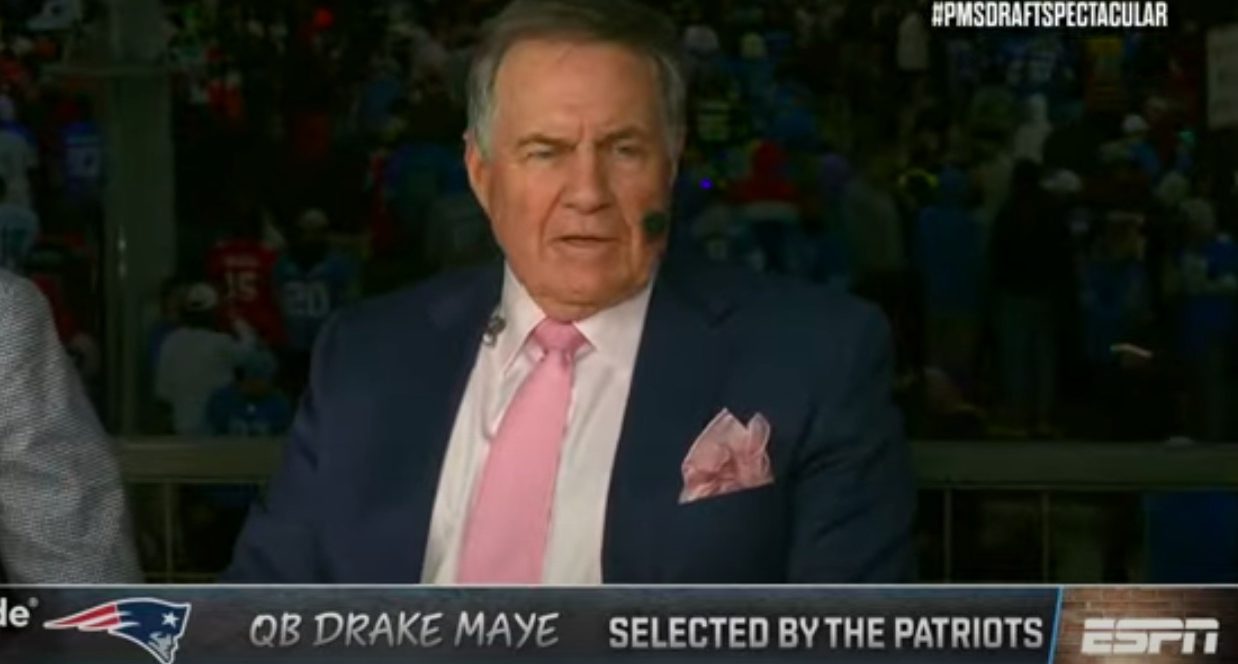Yes, we’re going to talk about the progress of American soccer in relation to the World Cup. I wouldn’t blame you if you stopped reading right here. That said, we’re gonna try and use some data here from ESPN’s telecasts of the tournament to back things up, so maybe there’s a point to be had or two throughout.
The Disney networks (ABC, ESPN and ESPN2) have had an unqualified success televising the World Cup. It’s averaging 4.08 million viewers per game through 56 matches, up 44 percent from this time in 2010 (2.83M) and 122 percent from this time in 2006 (1.83M). Nationally, it’s clear that a lot of the country is tuning in.
On a local level, however, which markets are really consuming the tournament? What can this tell us, if anything at all, about the potential growth of American soccer and Major League Soccer? You could argue very little, but I think there’s some positive (and negative) signs to be gained from which markets are clearly hooked on the tournament as a whole and which aren’t quite there yet.
DC United will likely have the largest soccer fan base in the country to draw on if they ever get a new stadium
The Washington club is consistently one of the better teams in the league in terms of what minuscule local television ratings MLS teams can get, while still drawing pretty well (through 15 weeks, the club is averaging 16,839 fans per game) in a horrid situation, playing at the old RFK Stadium. Not only is it a dump, it’s an NFL-sized venue, which means its upper tier will only ever be opened for special occasions.
Washington, D.C. is the highest-rated market in America for World Cup action with a 4.5 rating through the Round of 16. Some might point out DC’s reputation as being a cosmopolitan city with numerous transplants from different areas of the United States and the world. That said, nearby markets like Richmond (3.3, tied for seventh), Baltimore (3.2, tied for eighth) and Norfolk (2.6, 13th) suggest that the entire region has a very largely interest in high quality soccer, something that DC United’s attendance shows extends even to the American club level.
Fact is, the team needs a new stadium. Far be it from me to know if MLS can use these numbers to their advantage, but they should. If nothing else, it’ll show those with the power to bring a soccer-specific stadium to the market that it’ll have a ton of people to draw on should the ever finally get to it.
Positive trends for MLS expansion sites
MLS is currently a 19-team league, but it will be at 22 by 2017, and possibly 23 shortly after that. The league will be bringing in a second New York-area franchise next year (though the Red Bulls might want to consider re-branding around New Jersey when they come) that will play its initial seasons at Yankee Stadium and go by New York City FC. They will be joined by Orlando City SC, a team that will play at the Citrus Bowl in 2015 before moving to their own digs in 2016. Meanwhile, the Falcons are bringing a team to their crazy-as-hell new stadium in Atlanta for 2017.
New York is probably hardest to take the excellent local numbers (4.2, second place) and suggest that it will mean success for NYCFC, but it’s not the worst thing in the world that the numbers are good. The club already has some a well known star signed in David Villa, an iconic-ish venue, and the backing of the New York Yankees and Manchester City.
Orlando (3.5, tied for fifth) and Atlanta (3.2, tied for eighth), however, are kind of a surprise to me. OCSC has already signed Brazilian international Kaka to play for them, and doesn’t have any summer competition from baseball (or a football team to take them away in the fall) so signs would point to success if they could launch the team the right way. Ditto for Atlanta.
As for other thought about MLS expansion sites? Miami, which has a troubled bid from a group led by David Beckham, is tied for sixth with a 3.4. Bandied about Texas markets Austin (3.1, tied for ninth) and San Antonio (1.9, tied for 20th) were on opposite ends of the spectrum. Meanwhile, Minneapolis — another team that’s interested in soccer to act as a tenant in a gargantuan football stadium — tied for next to last with a 1.8 rating.
International soccer doesn’t quite penetrate the midwest or southwest
A lot of the top markets are based on the eastern seaboard or on the west coast. The top-rated “flyover” market is either Las Vegas or Columbus (both at a 3.2, tied for eighth). Of the bottom ten markets, five are in what you might call the midwest (Milwaukee, Detroit, Minneapolis, Cleveland, Pittsburgh) and four others (Nashville, San Antonio, Dallas, Knoxville) are in the Sun Belt. The 10th is Buffalo, which… I don’t know, maybe they watched on CBC?
This is not suggesting these can’t be soccer markets (Dallas has a suburban MLS team that does fine, Nashville has drawn well for USMNT matches) or MLS markets. But it does, perhaps, draw a map of where Major League Soccer is going to have to give harder pitches for the sport. Going further up, markets like Chicago, Indianapolis, Oklahoma City, New Orleans, Memphis and Tulsa are all in the bottom 20.
There are certainly MLS success stories in the so-called “flyover states.” Sporting Kansas City and Real Salt Lake, despite their silly, Euro-style names, are legitimate parts of their communities in those markets. Columbus Crew built MLS’s first soccer-specific stadium and is the home of the USMNT’s most important World Cup qualifier. There is clearly work to be done, however, in other pockets of their regions.
Conclusion
I don’t think I need to reiterate that this is not a plan for MLS to become a better TV ratings league. That will take another generation of habit-forming, of more kids getting involved with their local clubs, of supporters groups continuing to lay down roots. The numbers suggest the league is mostly fine as far as attendance goes. The only outright disaster is their second Los Angeles franchise, Chivas USA, a situation commissioner Don Garber has vowed to fix.
Consider this, however, a bit of a map of these United States of soccer. It may change for the quarterfinals, semifinals and final, but the results are very clear: the coasts are receptive the world’s favorite game, and likely house most of the diehards who have brought the game from other countries, or have taken the game from their ancestors. That said, there’s room in the midwest and the Sun Belt for improvement, and I hope MLS will look to promote the league further in those areas while continuing to strengthen in new expansion markets.
All numbers are via ESPN’s public relations department, with special thanks to Mac Nwulu.








Comments are closed.